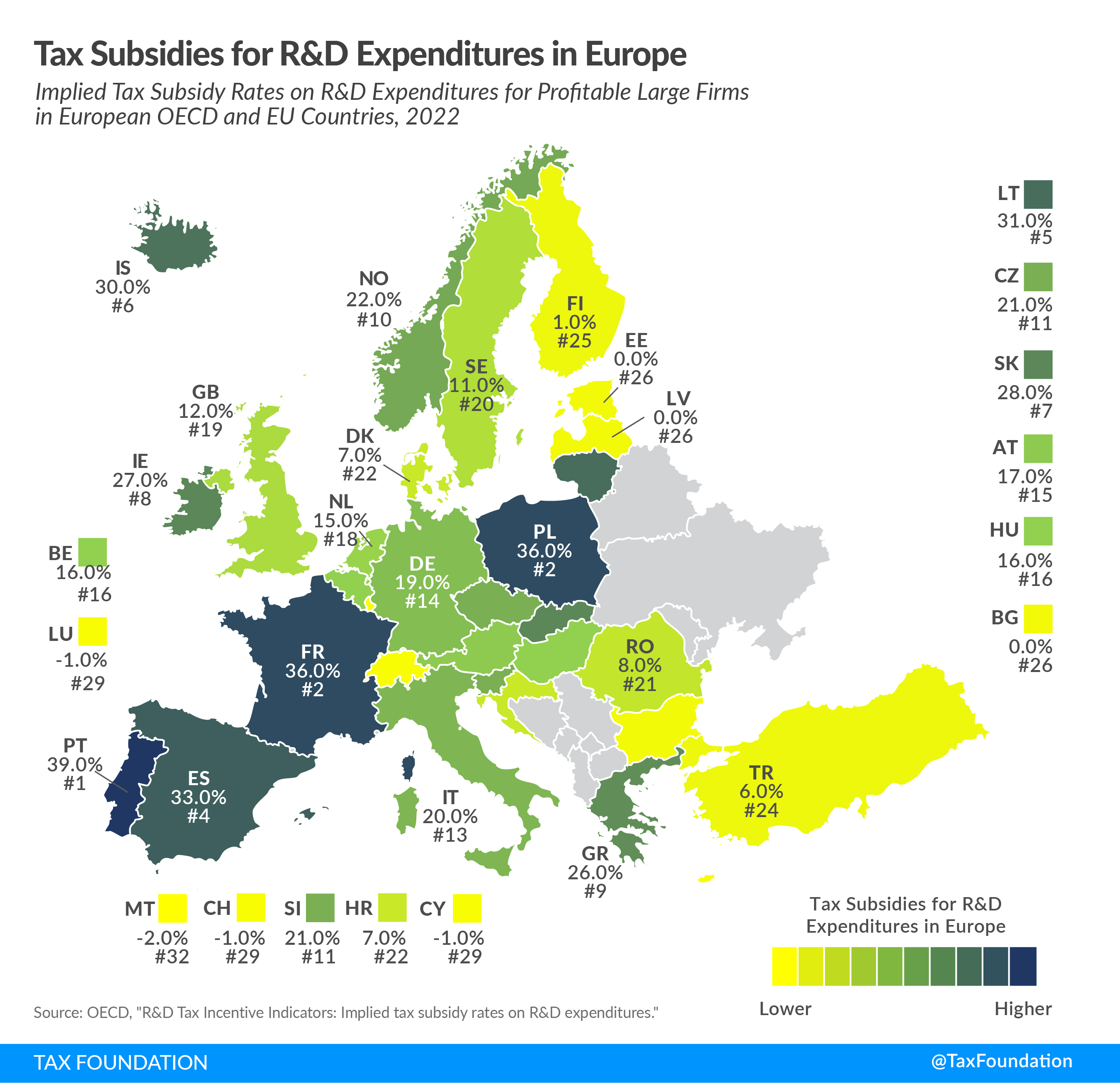Impact of IPR Clarified | McCarter & English, LLP
Patent owners know that competitors can challenge their patents in the US Patent and Trademark Office (USPTO). These challenges, known as inter partes reviews (IPRs), were created with the goal of improving patent quality. But questions remained as to the effect of failed IPRs. Two recent cases have now clarified boundaries of protection provided by such failed IPRs.
In the first case, USPTO Director Vidal clarified that a meritless IPR will not protect a patent from future IPRs. In that case, a patent challenger, Wolfspeed, Inc., filed an IPR petition seeking to invalidate a patent owned by Purdue University. The panel of administrative patent judges, with delegated authority, rejected Wolfspeed’s IPR petition because a previous IPR petition filed against the same patent by a different patent challenger was rejected and, as the panel determined, the prior art on which Wolfspeed relied was substantially similar to the prior art used in the previous, failed IPR. Wolfspeed sought a rehearing. Director Vidal determined that Wolfspeed’s prior art was not substantially similar, but rather differed in that it lacked the disclosure that led to the previous IPR failure. As such, Director Vidal directed the panel of administrative judges to reconsider whether to institute the IPR based on the merits of Wolfspeed’s petition, not on whether it used prior art substantially similar to that used in the previous, failed IPR.
In the second case, the Federal Circuit (the court that hears appeals of all patent cases) clarified that a patent owner seeking to benefit from IPR estoppel bears the burden of proving that “a skilled searcher exercising reasonable diligence” would have identified a prior art reference that the accused infringer did not present in a previous failed IPR. In that case, Ironberg Inventions Ltd. sued Valve Corp. for patent infringement. Valve filed an IPR petition, but ultimately failed to convince the USPTO to invalidate Ironberg’s asserted patent. Later, in the copending patent litigation in federal court, Valve sought to invalidate the patent based on arguments it did not raise in its failed IPR. Under the doctrine of IPR estoppel, a patent challenger can be barred from raising in federal court litigation both (a) any arguments that the USPTO rejected in the IPR and (b) any other arguments that the challenger could reasonably have raised in the failed IPR (i.e., arguments based on prior art that was not used in the IPR). The question then becomes how federal courts will apply the estoppel as to other arguments that could reasonably have been raised based on prior art not used in the IPR. The Federal Circuit placed the burden of proving what other arguments could reasonably have been raised in the failed IPR on the patent owner. Thus, the patent challenger/accused infringer does not need to prove, in the first instance, that it could not have found the previously undiscovered prior art through reasonable diligence. The appellate court decision clarifies how a patent owner can successfully prevent an infringer from wasting trial resources with defenses that could reasonably have been presented in a failed IPR.
The decisions are important for patent owners and their competitors alike because they reveal the impact of a failed IPR. They also provide guidance on where and how to successfully assert patent challenges and patent litigation defenses, thus making the value of a patent more certain.
[View source.]





